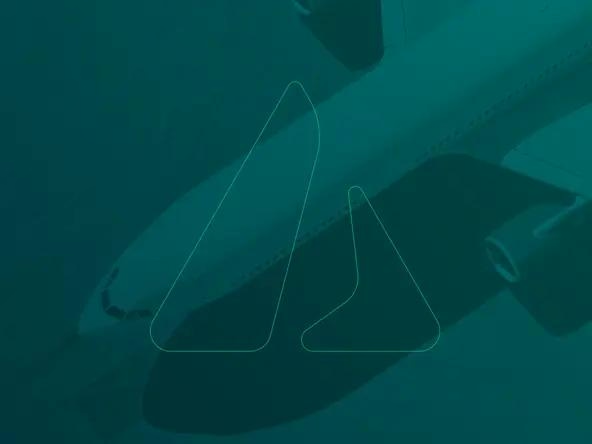
AeroGenie — 您的智能副驾驶。
热门趋势
Categories
United Airlines to Replace Boeing 757 Fleet
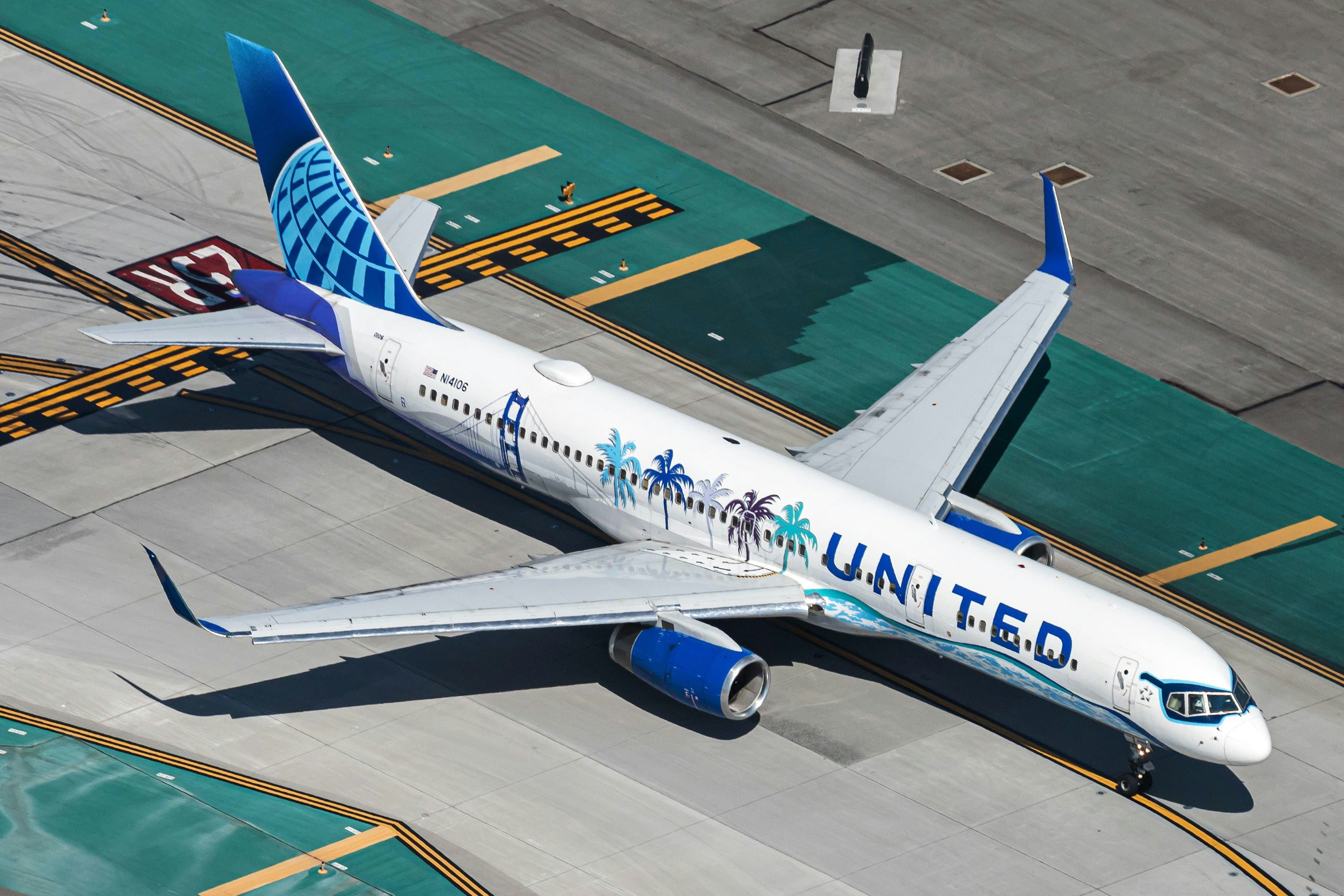
United Airlines to Phase Out Boeing 757 Fleet
For over three decades, the Boeing 757 has been a cornerstone of United Airlines’ transatlantic operations. This narrowbody jet uniquely bridged the gap between shorter single-aisle flights and larger widebody aircraft, efficiently serving routes that were too long for most narrowbodies but did not warrant the capacity of widebodies. Routes such as Newark to Edinburgh and Boston to Dublin relied heavily on the 757-200, which filled a niche unmatched by other aircraft. However, escalating fuel costs, rising maintenance expenses, and shifting passenger expectations have compelled United to confront a pressing issue that Boeing has yet to resolve: the absence of a direct 757 successor.
Transition to the Airbus A321XLR
With Boeing’s current focus on the 737 MAX and other projects, and no new 757 replacement in sight, United has turned to Airbus for a solution. The airline’s 2019 announcement to order the Airbus A321XLR represents a significant strategic pivot in its transatlantic operations. The A321XLR, a European-built long-range narrowbody, offers a range comparable to the 757 but benefits from modern fuel efficiency, enhanced passenger comfort, and greater operational flexibility. It is particularly well-suited for “long and thin” routes—those that are too extensive for standard narrowbodies but do not justify deploying widebody jets.
As United anticipates the first deliveries of the A321XLR later this decade, this transition marks both a symbolic and practical conclusion to the 757 era. The 757’s distinctive design, characterized by its tall landing gear and robust takeoff capabilities, has long been favored by pilots and aviation enthusiasts alike. Its ability to connect U.S. East Coast cities with European destinations set it apart for decades. Yet, many of United’s 757s, dating back to the late 1990s, are showing their age through increased operating costs, outdated cabin interiors, and a lack of modern amenities now standard on newer aircraft.
Meeting Modern Passenger Expectations and Operational Goals
Contemporary travelers demand seamless connectivity, spacious cabins, and consistent amenities across fleets—standards the aging 757 can no longer satisfy. Under CEO Scott Kirby’s leadership, United is pursuing a unified, premium passenger experience, a goal complicated by the limitations of aircraft designed in the 1980s. The A321XLR directly addresses these challenges by delivering similar range and performance to the 757 while reducing fuel burn per seat by approximately 30%. Its advanced design also supports United’s objectives to lower emissions, enhance operational efficiency, and provide a passenger-friendly long-haul product for the coming decades.
Nonetheless, the fleet transition presents operational challenges. United must carefully manage the integration of the new aircraft to maintain service reliability during the shift. Additionally, this move is expected to influence competitive dynamics within the industry, as rival airlines may respond with their own fleet upgrades or strategic adjustments to protect market share.
United’s adoption of the Airbus A321XLR thus reflects both a pragmatic response to evolving industry conditions and a forward-looking strategy for transatlantic travel. This shift resets the economics of long-haul flying while marking the end of an era for one of aviation’s most iconic jets.
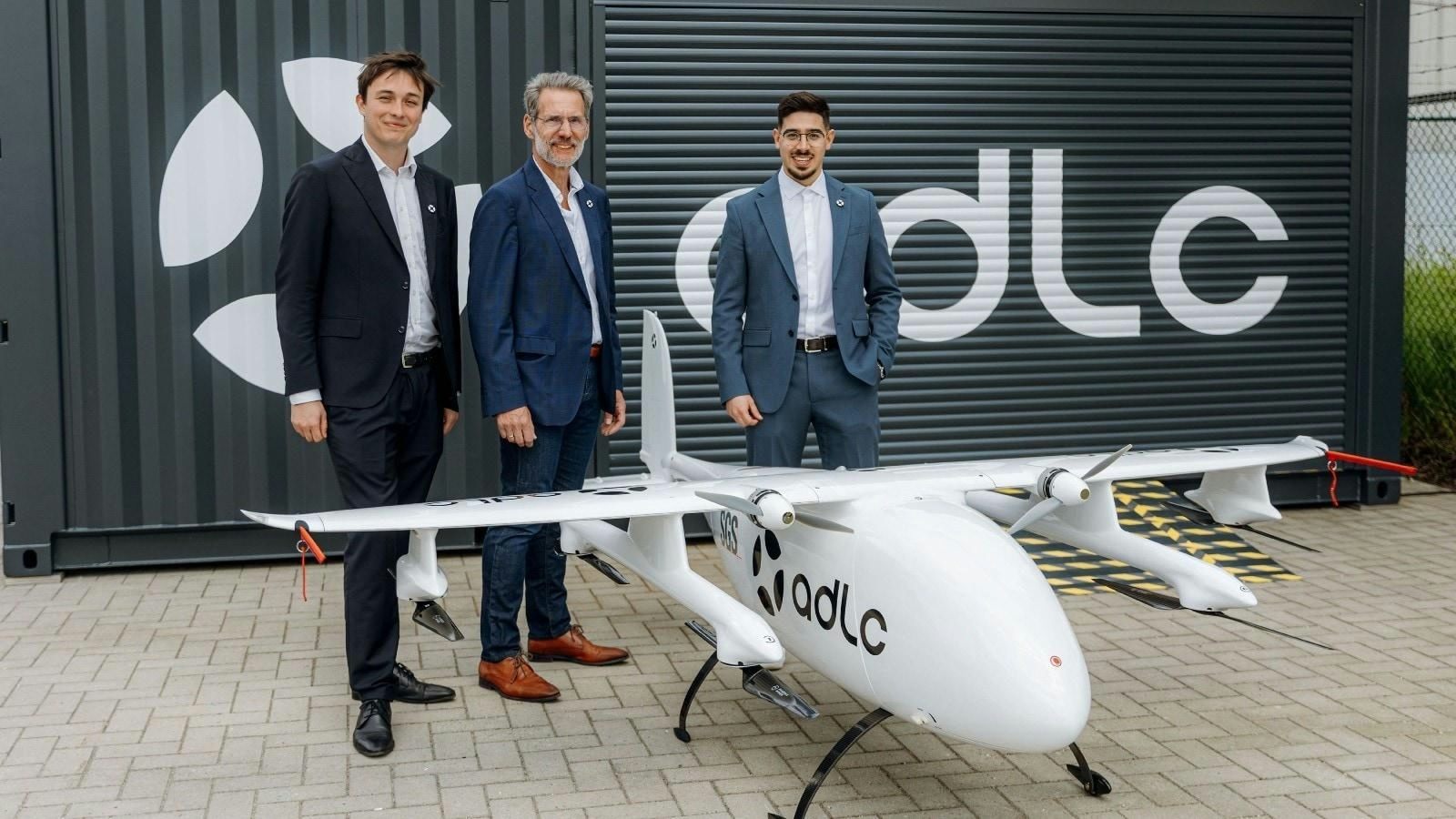
Türkiye's R&D Investment to Reach $15.5 Billion in 2024 Driven by Defense and Aviation
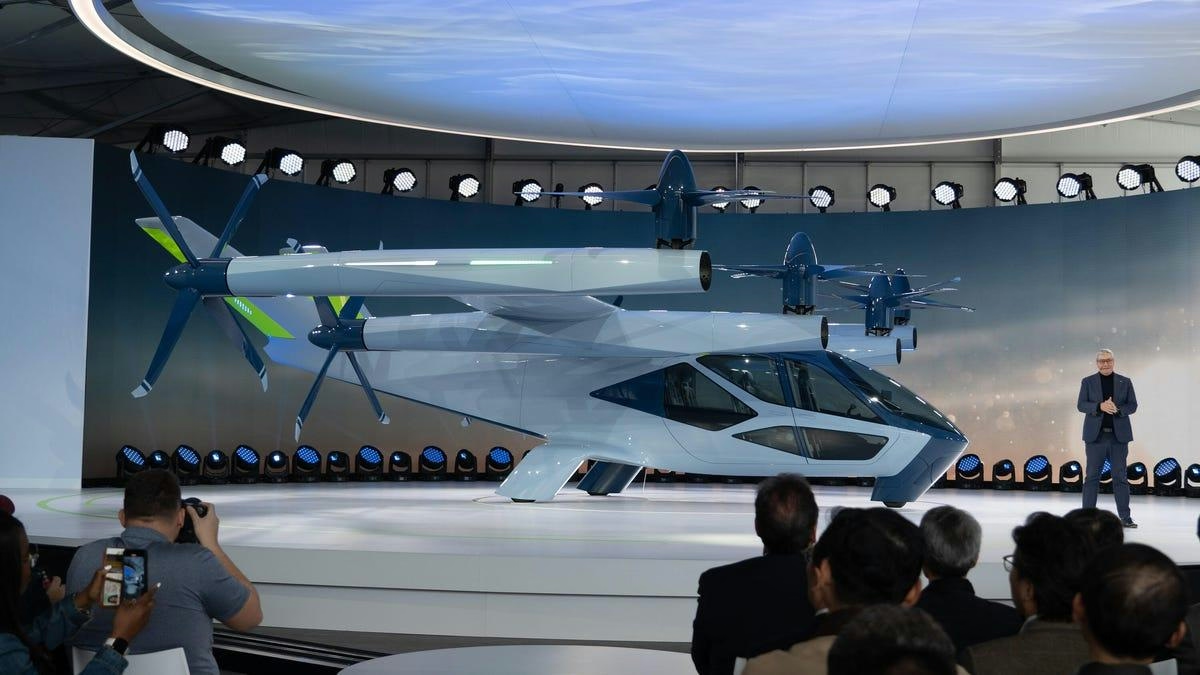
Florida Prepares Sites for Air Taxi Operations
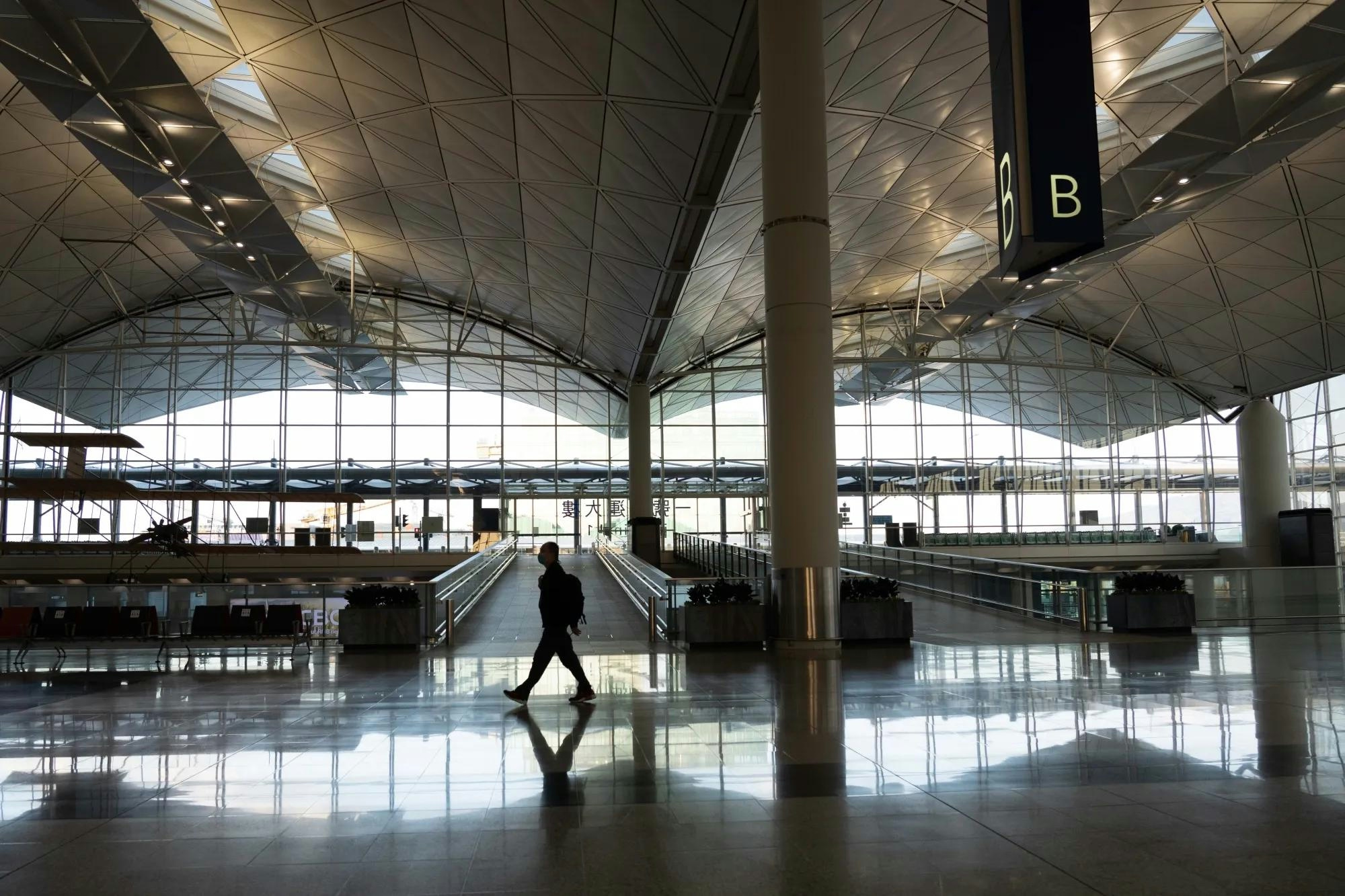
Hong Kong International Airport Presents Growth and Sustainability Plans at Routes World 2025
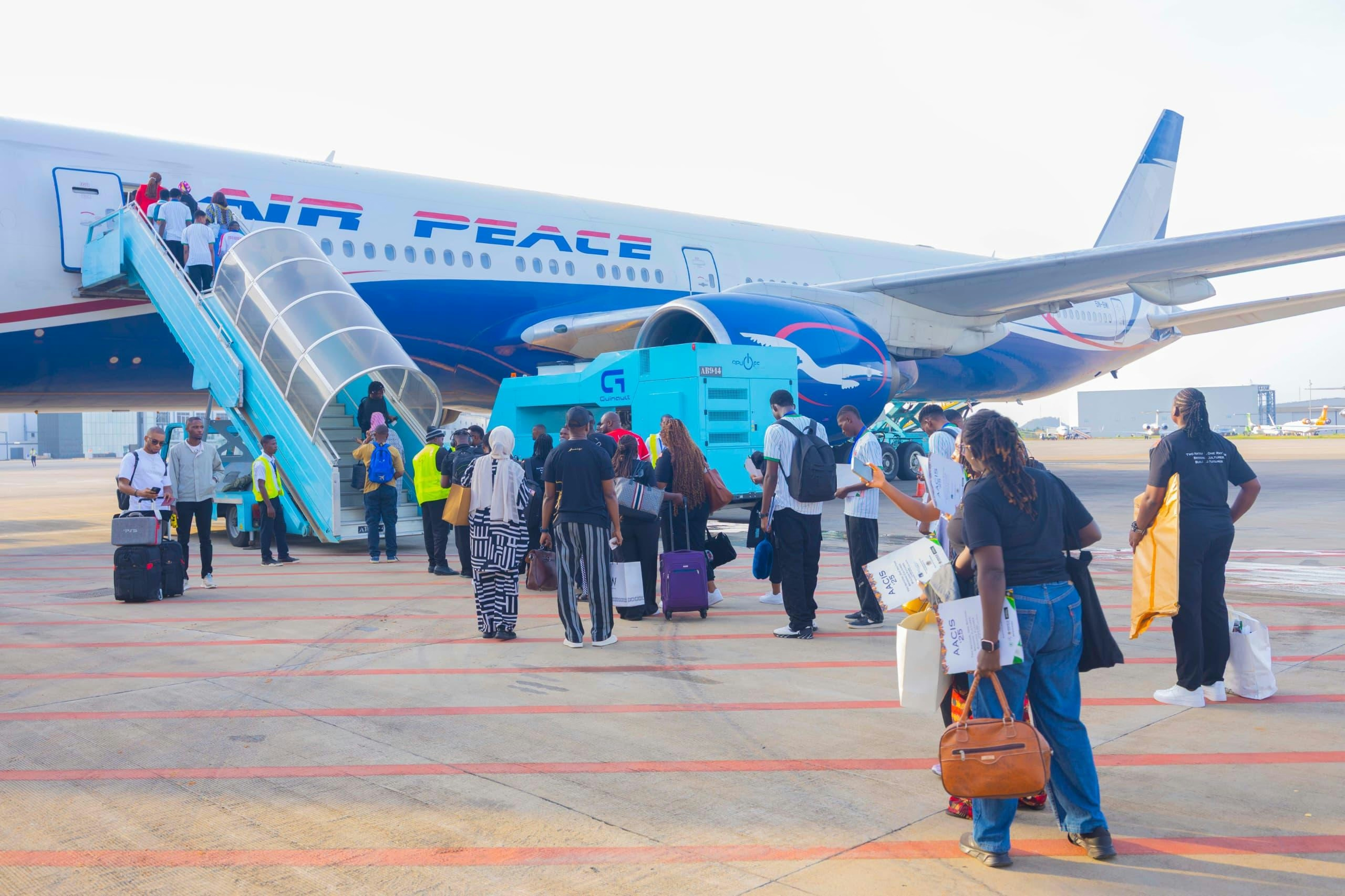
Nigeria’s Air Peace Expands Fleet to Enhance Domestic and International Travel
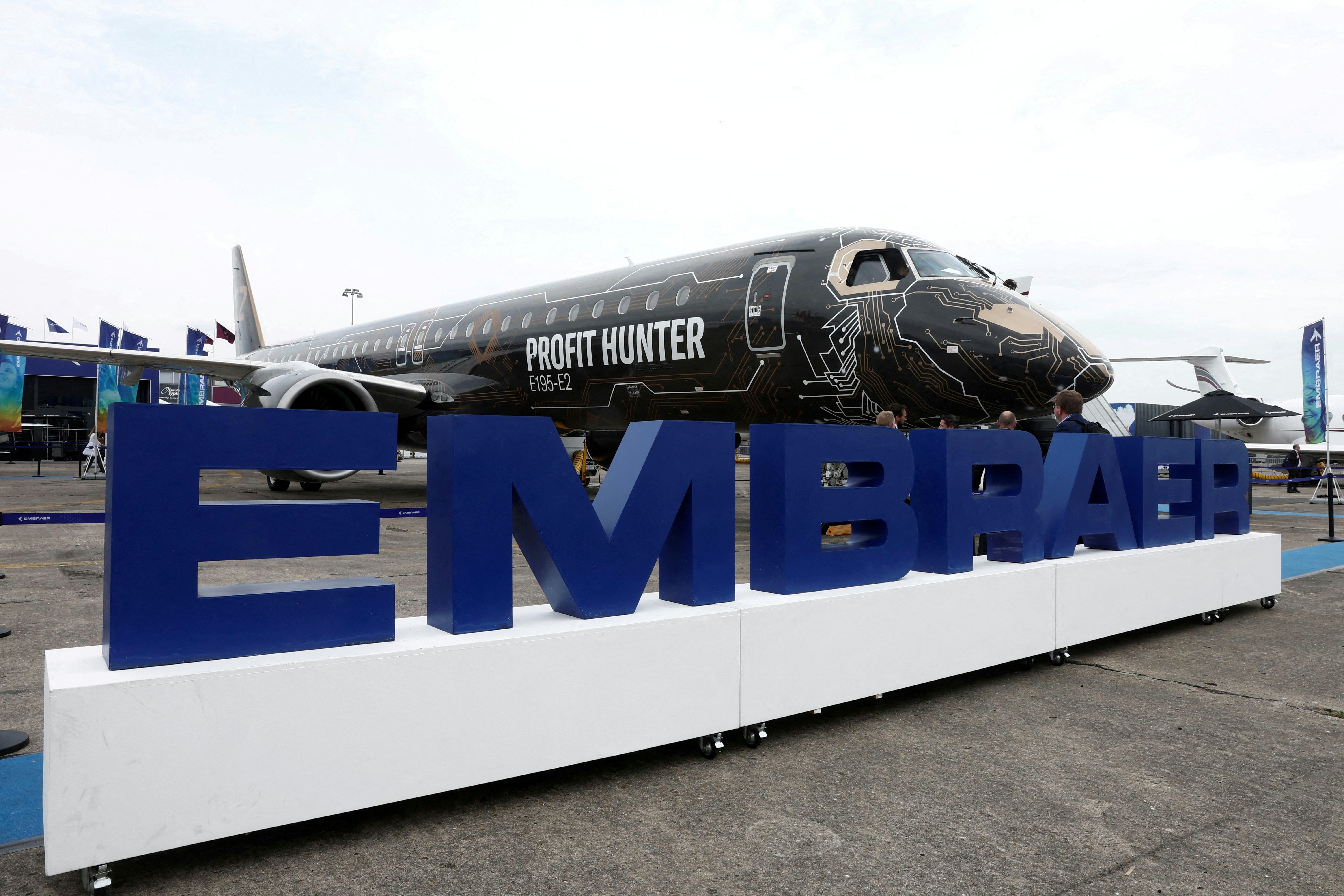
Embraer’s Order Backlog Reaches $31.3 Billion in Third Quarter

SK AeroSafety Group Acquires Reheat Aero Limited
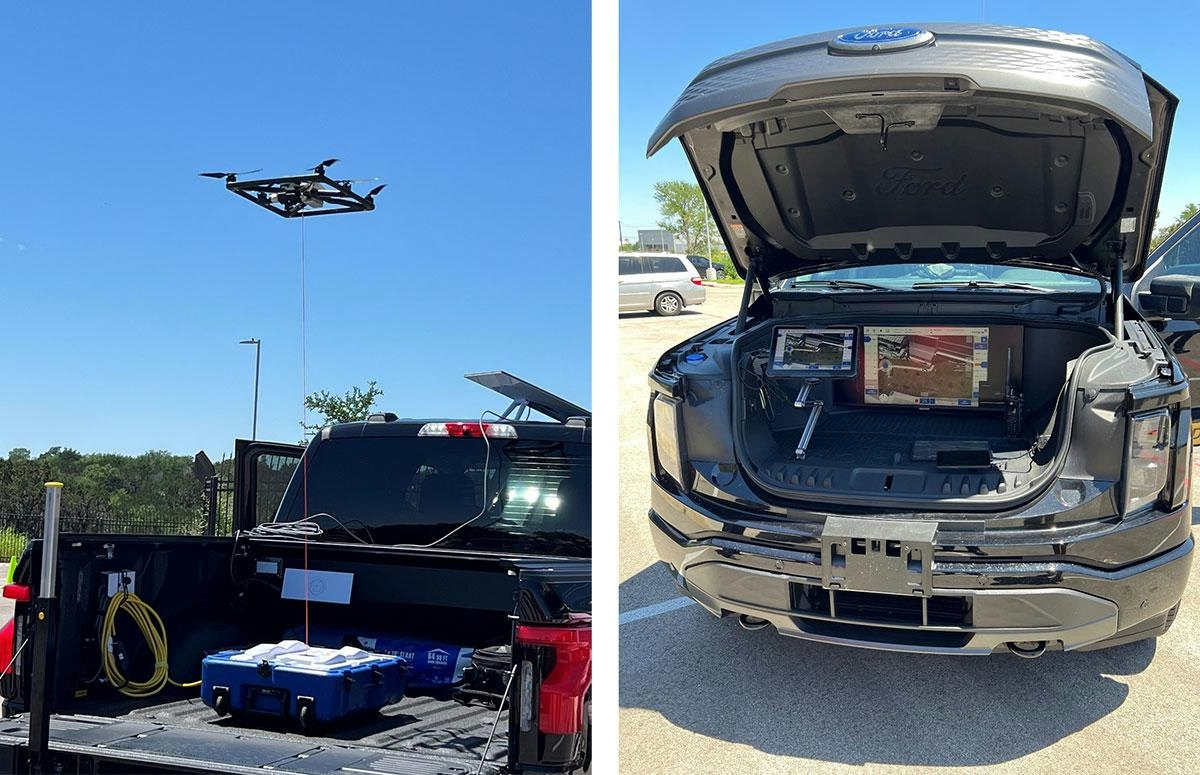
Establishing Standards for Drone Operations and Digital Tethering
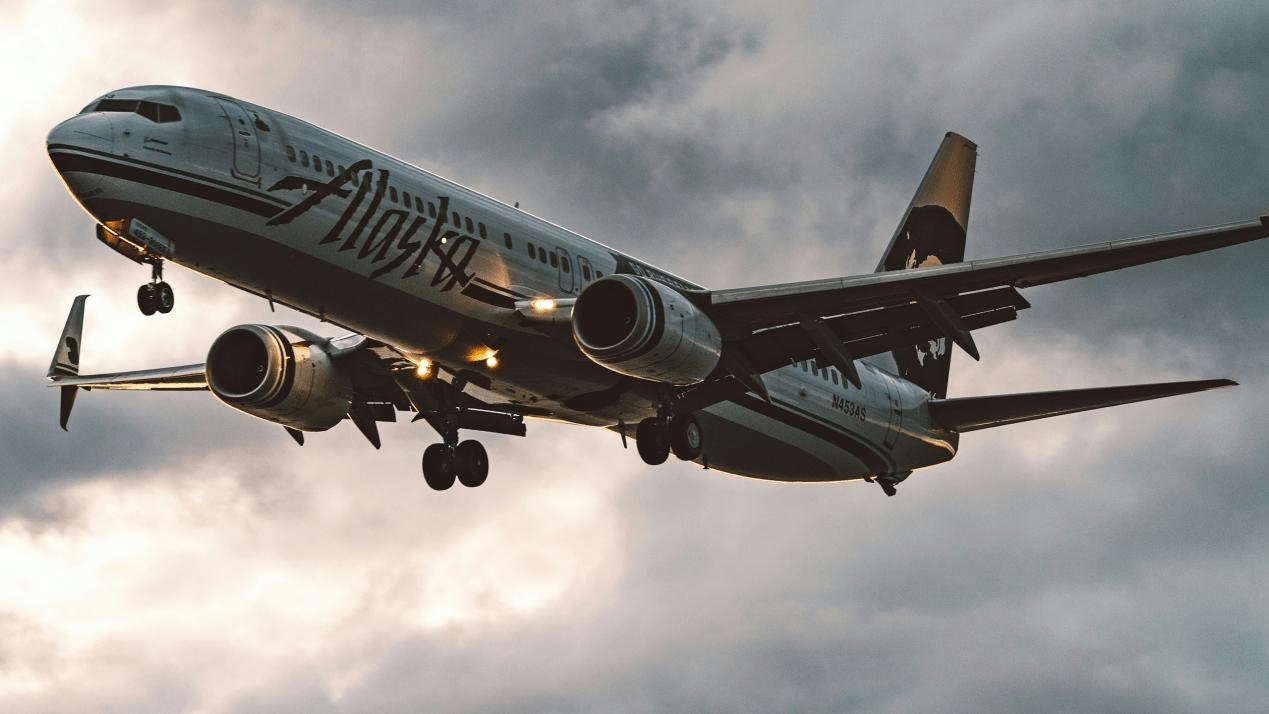
Examining the FAA’s Ongoing Challenges
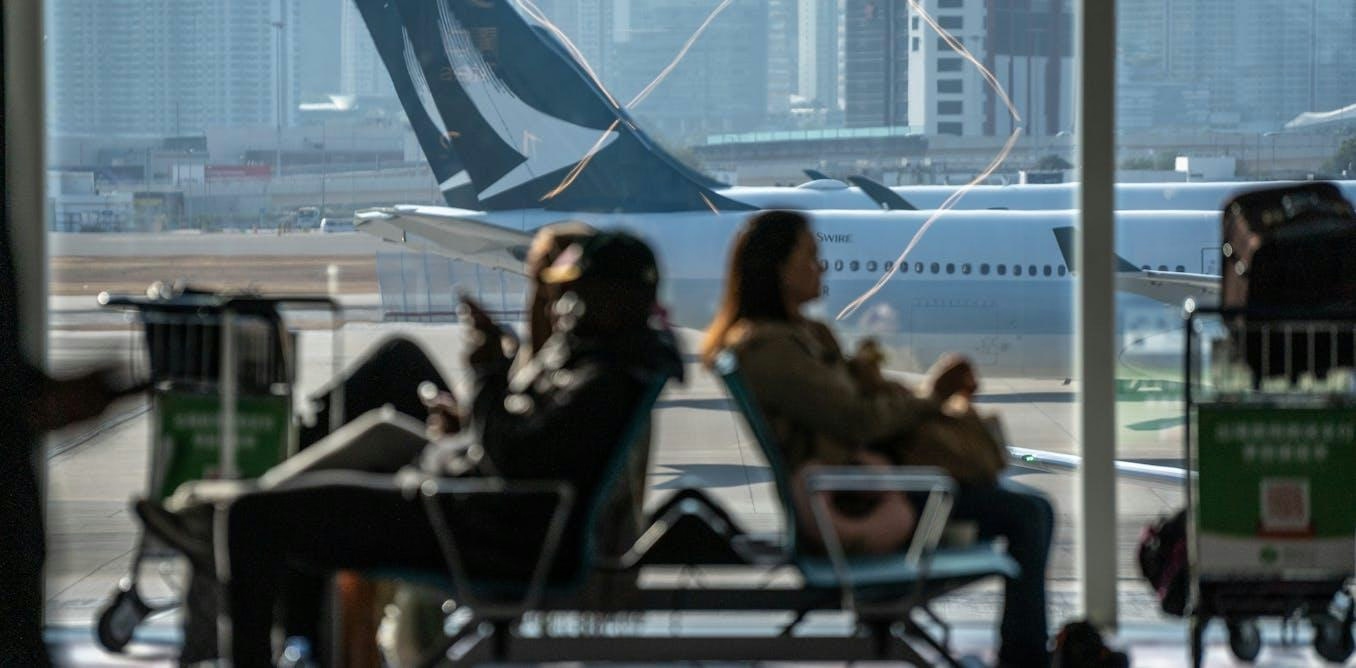
What the AI Industry Can Learn About Safety from Airlines
